Most experts recommend introducing your baby to solids between the age of 4 to 6 months because babies are not developmentally ready to digest solids before then. However, at such a tender young age, most babies will only have their first two teeth – some may have a couple more, others may only cut their first tooth nearer to one year old – which means they can’t chew properly yet.
Starting on Solids
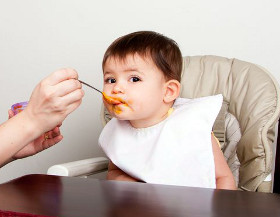
There are two main routes to introducing your bub to solid meals. The more traditional approach is, to begin with rice cereal – blended with breast milk, formula milk or water – and then, gradually, to introduce a variety of vegetables, then fruits, then meats, all pureed to a super fine consistency for a start.
Rice, in the form of porridge, soupy noodles and macaroni can also be introduced after a couple of months. Hard-boiled egg yolks are given first, then hard-boiled egg whites – later on, the soft-boiled versions can be given as well. This is to guard against the effects of possible food allergies. In fact, it’s generally thought wise to introduce no more than one new food every 2-3 days, to monitor for allergic reactions.
As the baby grows more teeth, purees are made chunkier and more ‘solid’, until eventually the child is comfortable with the normal meat, rice and noodle textures of typical adult fare.
In more recent years, another method of introducing solids has fast gained popularity – baby-led weaning (BLW). There are whole books on the subject, which you can read if you’re interested. BLW proponents believe in letting your child feed himself from the very start of weaning.
You just hand them the food in a suitably sized piece (eg a 1cm cube of steamed broccoli), and if they like it, they eat it. If they don’t, they won’t. There are no purees, no food processor, no baby rice – it’s all about you and your child eating and exploring food together.
If purees are your choice of method, however, some basic equipment is essential to preparing baby’s meals. They are:
Food steamer and blender
Steaming helps the food keep most of its nutritional value, and is easy on the cook as well since there’s not much monitoring over a stove involved. Once the food is thoroughly cooked, you can use a hand-blender immersion blender or food processor to puree the food into a paste or fine chunks.
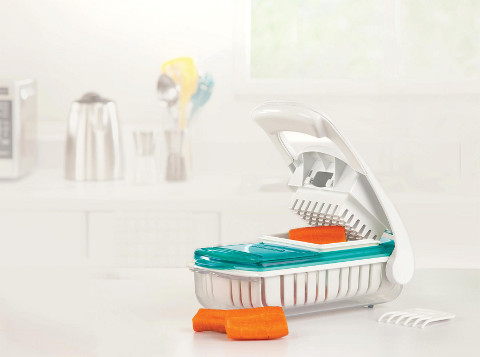
To save time, effort and amount of dish-washing, invest in an all-in-one food processor, which will do the blending for you as well the steaming.
- Beaba Babycook Baby Food Maker
- Philips Avent Combined Steamer and Blender
- Munchkin Fresh Food Grinder
- Munchkin Fresh Food Chopper & Steamer
- Dole Yonanas
For storing those purees, you may want to consider:
- Qubies
- Munchkin Freezer Cups
Thermos
Most purees taste horrible cold. Plus allowing hot food to go cold can encourage bacteria to grow, even after a few hours. A well-insulated thermos flask will help keep baby’s meals safe and warm, especially if you prepare them in advance. However, do avoid keeping food warm for more than 4 hours.
To keep the food hot for as long as possible, fill your container with boiling water before adding your baby food, let it stand for 5 minutes, empty it, and then immediately add the freshly-cooked hot food, and securely tighten the lid
- Foogo Food Jar
- Zojirushi Lunch Jar
That’s really all that you physically need to make those first meals for your baby. And, of course, lots of tender loving care (and much patience!) that will go into peeling fruits, chopping, and blending, and finally, feeding your bub spoonful after spoonful of the finished product.
Do note that, whichever feeding method you choose, the following items should be restricted from baby’s diet until after the first year.
- Peanuts and peanut butter
- Too much salt or sugar
- Honey
- Cow’s milk or soy milk
- Soft, sticky food, eg kueh
- Hard candies
By Dorothea Chow.
* * * * *
Like what you see here? Get parenting tips and stories straight to your inbox! Join our mailing list here.
Want to be heard 👂 and seen 👀 by over 100,000 parents in Singapore? We can help! Leave your contact here and we’ll be in touch.




































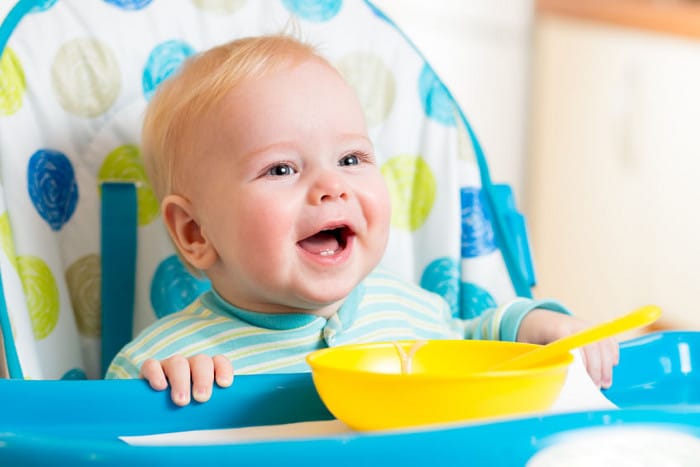
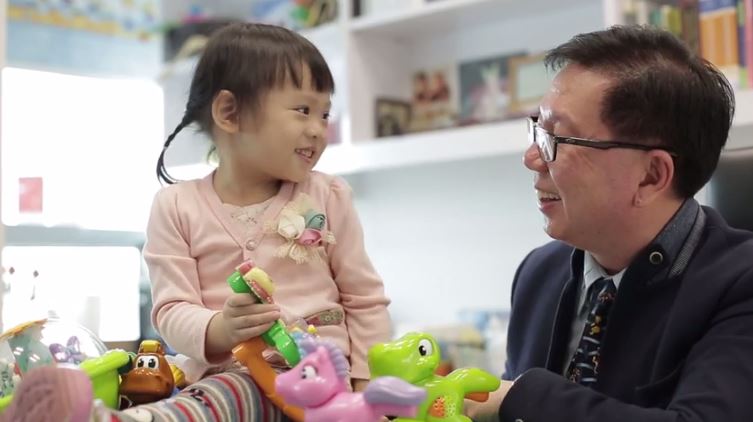
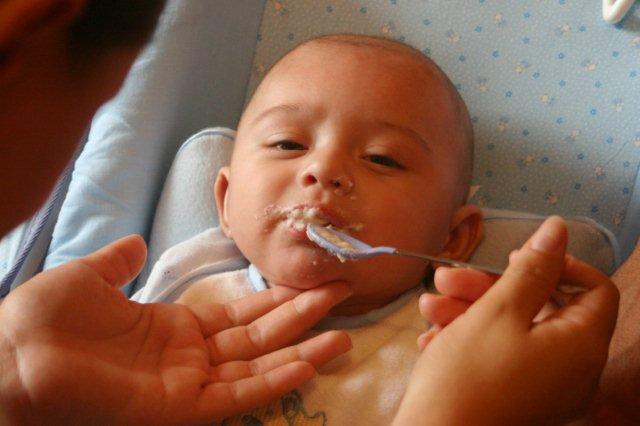
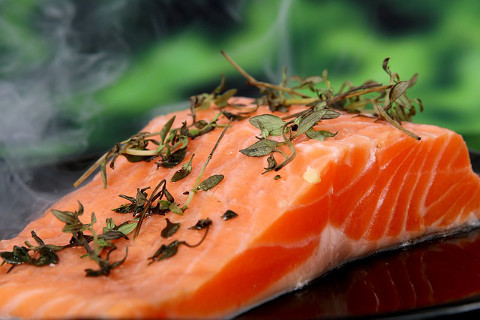

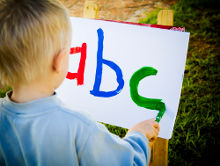
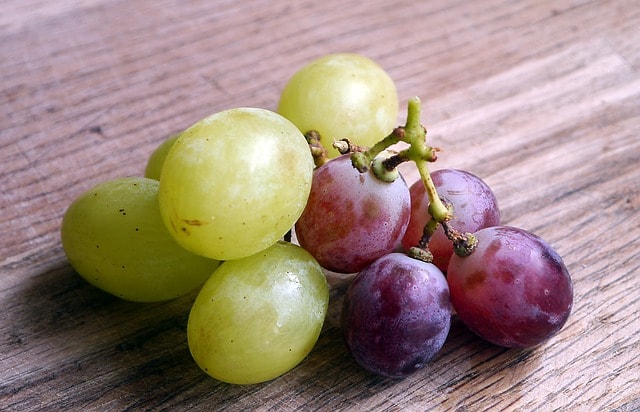

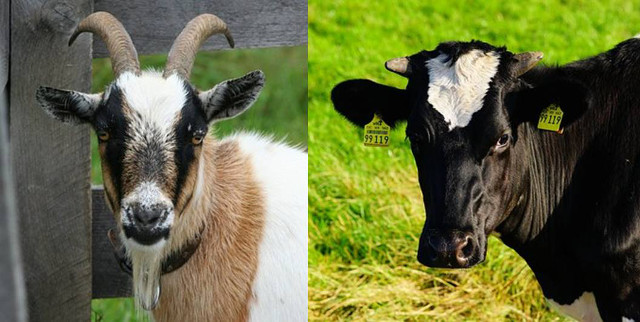
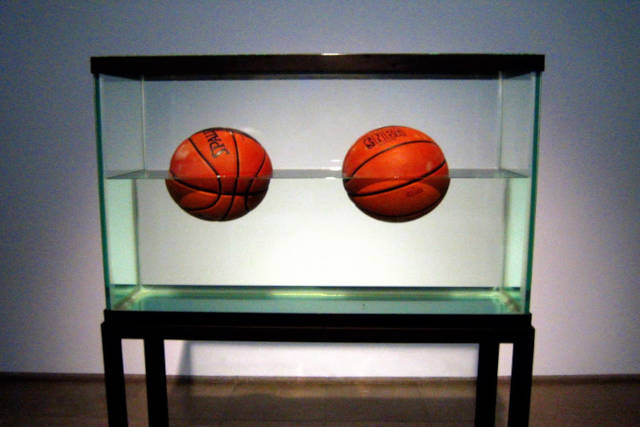
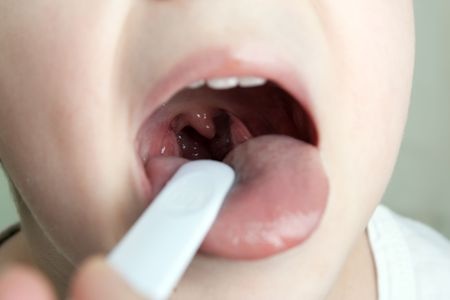



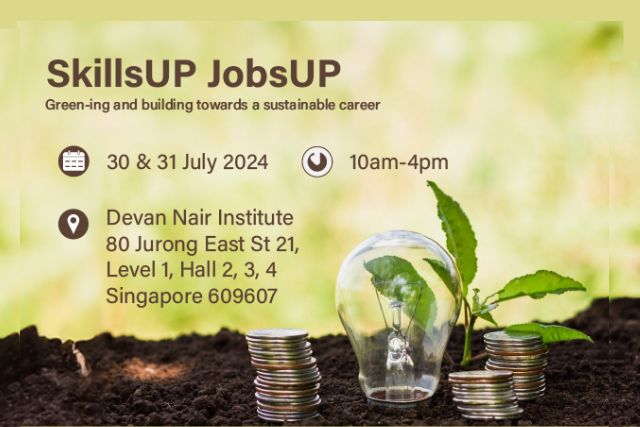






Leave a Comment: